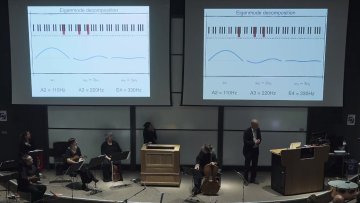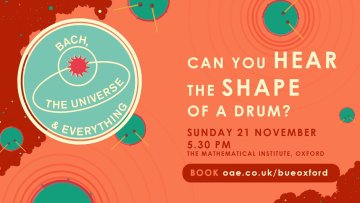12:00
A Mathematical Study of Hawking Radiation for Reissner Nordstrom black holes
Abstract
In the first part of this talk, we will (briefly) derive the original calculation by Hawking in 1974 to determine the radiation given off by a black hole, giving the result in the form of an integral of a classical solution to the linear wave equation.
In the second part of the talk, we will take this integral as a starting point, and rigorously calculate the radiation given off by a forming spherically symmetric, charged black hole. We will then show that for late times in its formation, the radiation given off approaches the limit predicted by Hawking, including the extremal case. We will also calculate a bound on the rate at which this limit is approached.
12:00
Classical physics and scattering amplitudes on curved backgrounds
Abstract
A particle physics approach to describing black hole interactions is opening new avenues for understanding gravitational-wave observations. We will start by reviewing this paradigm change, showing how to compute observables in general relativity from amplitudes on flat spacetime. We will then present a generalization of this framework for amplitudes on curved backgrounds. Evaluating the required one-to-one amplitudes already shows remarkable structures. We will discuss them in detail, including eikonal behaviours and unexpected KLT-like factorization properties for amplitudes on stationary backgrounds. We will then conclude by discussing applications of these amplitudes to strong field observables such as the impulse on a curved background and memory effects
Deriving the Deligne-Langlands correspondence
Abstract
Affine Hecke algebras and their representations play an important role in the representation theory of p-adic groups since they classify smooth representations generated by Iwahori-fixed vectors. The Deligne-Langlands correspondence, which was proved by Kazhdan and Lusztig, parametrises these representations by geometric data on the Langlands dual group. This talk is supposed to be a gentle introduction to this topic. I will also briefly talk about how this correspondence can be lifted to the derived level.
The Bruhat-Tits building of a p-adic group
Abstract
The Bruhat-Tits building is a mysterious combinatorial gadget that encodes key information about the structure and representation theory of a p-adic group. In this talk we will talk about apartments, buildings, and all the furnishings therein to hopefully demystify this beautiful subject.



